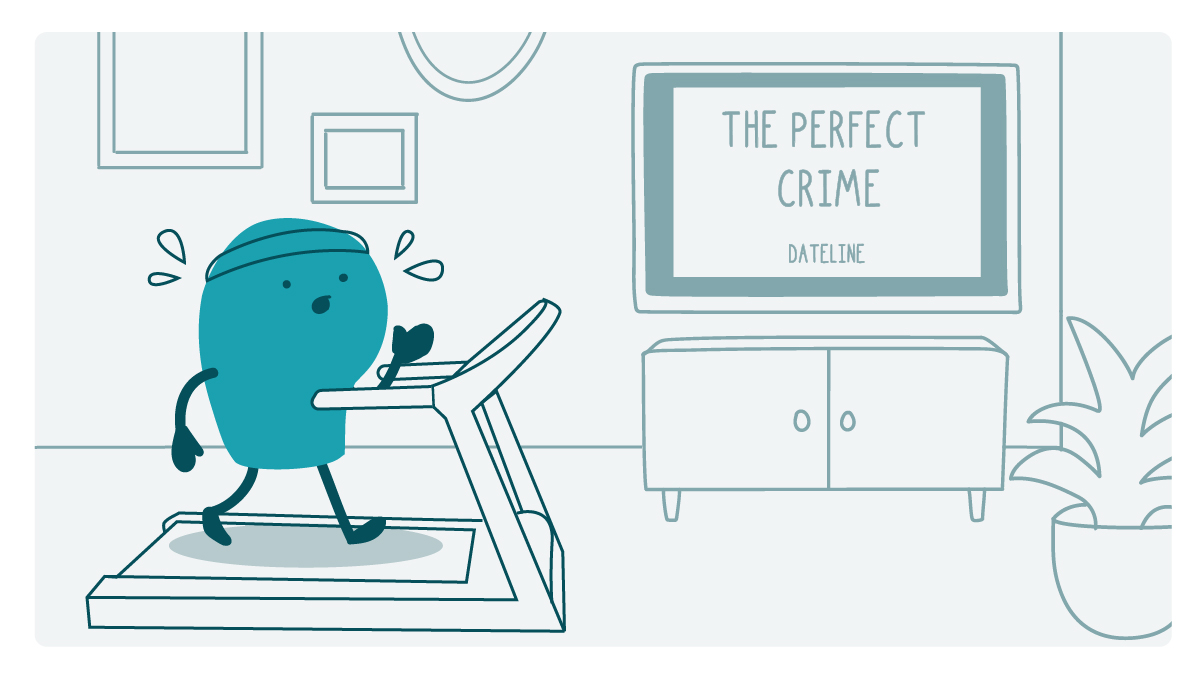
Here at We ❤️ Health Literacy HQ, our ears always perk up at the mention of techniques that can help encourage behavior change. Which is why, not too long ago, we shared a post about habit stacking. This week, we’re building on stacking (get it?) to bring you some thoughts about its very useful relative: temptation bundling.
As far as we can tell, “temptation bundling” was originally coined by Katherine Milkman, who also studied it. So what is it exactly? Temptation bundling is when you combine an instantly gratifying behavior that you want to do with something you don’t want to do but know you should do to get long-term benefits. Put more simply, it’s pairing something you have to do with something you want to do. The idea is that the immediate reward of getting to do the “want” behavior makes the “should” behavior more palatable — and therefore more achievable.
Here’s a version of the most common temptation bundling example: You’re trying to fit more physical activity in your daily routine — but all you really want to do is watch reruns of Dateline. If you were using temptation bundling, you could make a rule for yourself that you can only watch Dateline reruns while you’re at the gym. Essentially, the temptation of getting to watch your favorite show helps overcome your lack of motivation to get to the gym.
So the next time you’re encouraging your readers to do something that you know may take some extra motivation, think about whether the concept of temptation bundling could help. Sticking with a physical activity example: “Struggling with the motivation to fit physical activity into your busy schedule? You’re not alone! You could try combining your physical activity time with something you love, like by listening to your favorite podcast or audiobook while you’re walking on the treadmill. If you keep this up, your brain may start to connect the 2 activities — and that can help you push past the lack of motivation and develop healthier habits over time.”
As with habit stacking, James Clear covers temptation bundling in his very popular book, Atomic Habits, which is a great resource to learn more about putting temptation bundling (and habit stacking!) into practice. You can also check out this excerpt.
The bottom line: Temptation bundling — or pairing a “want” behavior with a “should” behavior — is another great tool for the health communicator’s behavior change toolbox.
Copy and paste to share on social (and tag us!): Temptation bundling — when you pair a “want” behavior with a “should” behavior — is a great tool for the #HealthComm professional’s behavior change toolbox. CommunicateHealth explains: https://bit.ly/493azJ7 #HealthCommunication #HealthLiteracy
Browse recent posts